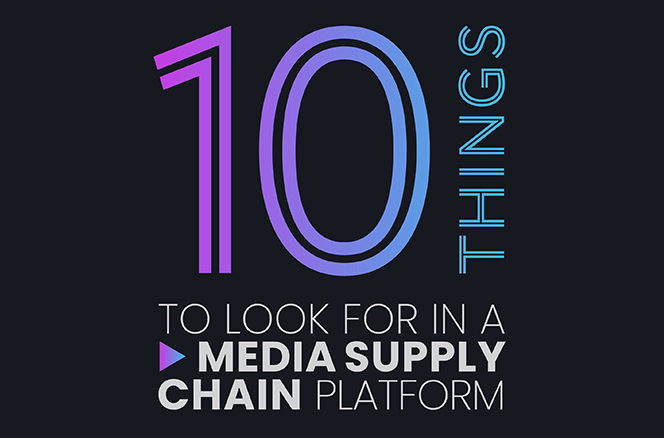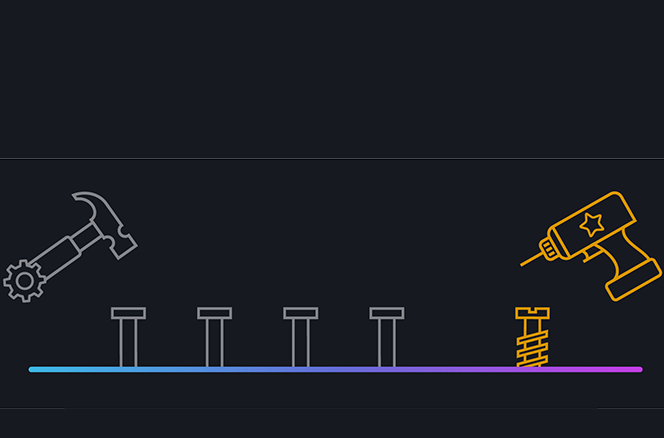
A funny thing happened on the way to IBC this year.
For years, we’ve met many media companies and public service broadcasters who have been skeptical about the cloud. They understand the need to modernize their supply chains, but fear of the unknown has held them back from embarking on the cloud journey. We’ve spent countless meetings evangelizing and educating our visitors on why moving their media supply chains to the cloud makes good sense. We point to multiple examples of the value that other media companies have realized from cloud-based media supply chains, and yet, for some it’s never been right for them. Until now.
This year was different. Very different.
For starters, every meeting had a different perspective. Organizations that had previously put off serious discussions about moving to the cloud were now actively engaged in how to best approach such a migration. The conversations focused on use cases, cloud-native applications, and how to best start. No longer was the cloud topic that far-off thing that we might get to someday. It was real, immediate, and an imperative that must be addressed now. The question of the cloud is no longer a question of “if”, and it’s also no longer even a question of “when”; it’s a question of “how”!
This simple but profound shift in perspective made this year’s IBC Show one of the most productive events we’ve seen in a long time. Organizations that previously said they weren’t ready for the cloud were now seeking out meetings to discuss how they start their migration. Projects felt real. Teams were assigned. Money was budgeted. Schedules were being written. The time is now.
But why? What caused this shift in mindset?

For starters, the current economic realities dictate that every aspect of media operations becomes more efficient. No longer is it acceptable to have expensive capital investments laying idle waiting for work to come. Resource utilization is a metric that CFOs are looking at more closely, and the simple fact is that on-premises infrastructure is fundamentally underutilized 90% (or more) of the time. With elastic cloud resources, technical infrastructure can be precisely tuned to match the workload at any time, with corresponding improvements in resource utilization along the way.
But more than improving efficiency, media organizations are realizing that their real competitive advantage comes when they can respond to market dynamics faster than their competition. Whether that be a new content licensing deal, or a new opportunity to launch a FAST channel, the media company that can fulfill new deals faster than anyone else is a media company that will capitalize more than anyone else. This is where a cloud-based infrastructure makes all the difference. With the ability to match resources to the workloads at any moment, it means that when a spike in demand happens, the infrastructure responds appropriately, making new resources available as needed to get the work done. This kind of infrastructure responsiveness is only possible with the cloud. That’s a real competitive advantage!
But there was another dynamic in our conversations at IBC that deserves attention. Engineering and Operations departments want to be able to use the best-of-breed application for whatever job is at hand. There is no appetite for being forced to use one vendor’s applications, especially if a better one for a particular job is available. A move to the cloud is increasingly being seen as a move to application independence – meaning that they should be able to use whatever application is best-fit for the task, and only pay for what is used without upfront procurement, deployment, or licensing costs. The cloud model brings fungible infrastructure. Why shouldn’t the applications that run on that infrastructure be fungible too?
The media supply chain takes a village to operate most effectively and efficiently. It’s an ecosystem that works together to give customers the best possible experience while running on the most efficient technical infrastructure possible. I won’t say that it’s utopia, but we’re getting closer.
—
Is your organization ready to start your supply chain migration? Or looking to extend cloud efficiencies to new use cases in your operations? Let’s start that conversation.


